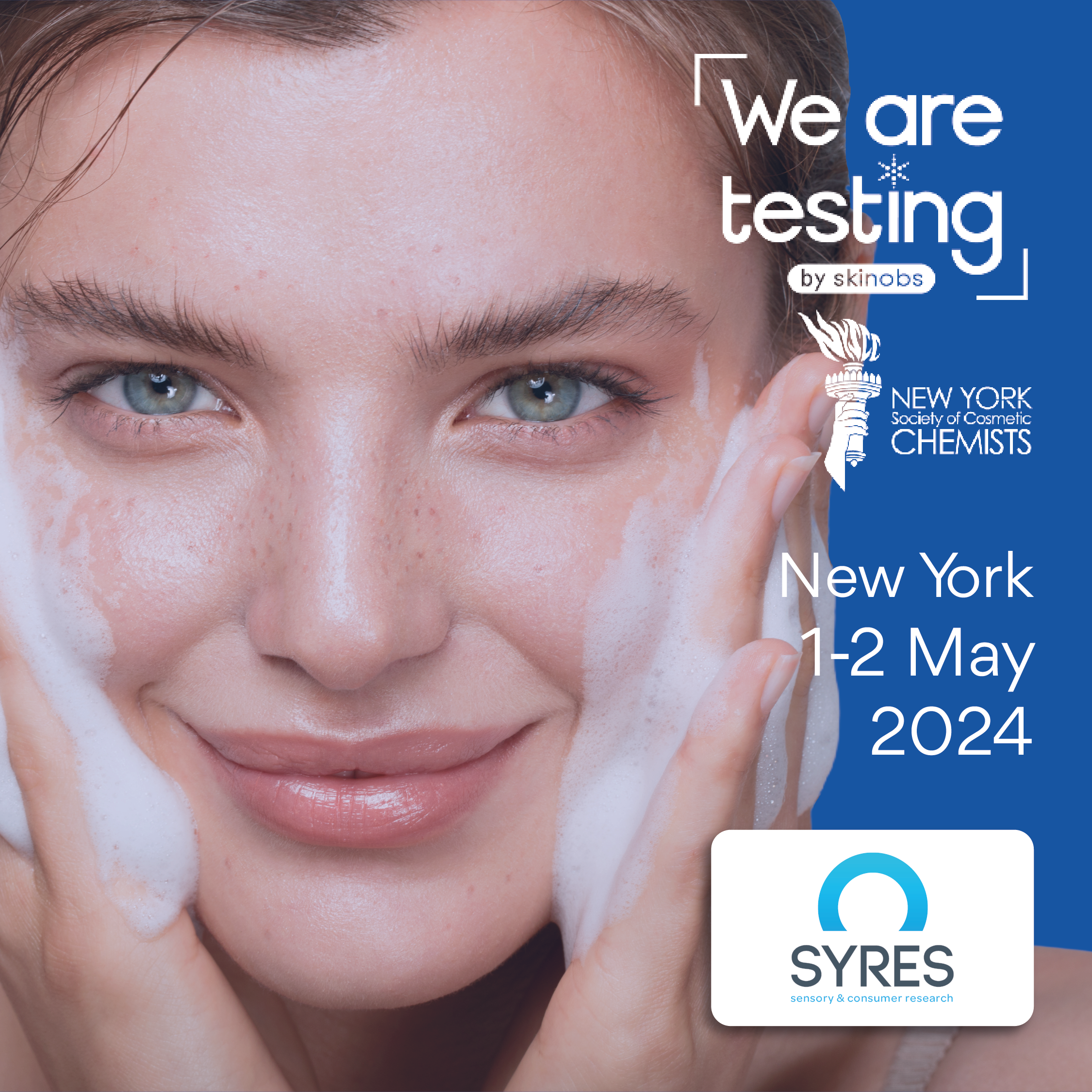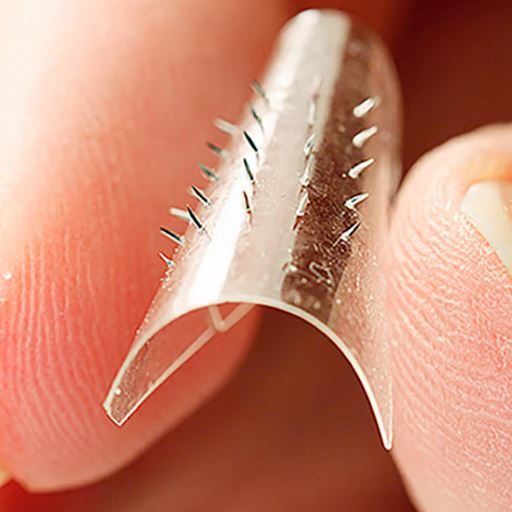As of 2018, Americans have spent nearly $83 billion per year on cosmetic products,1 and an estimated 94% of Americans use a cosmetic skin care product at least once per month.2
As R&D experts know, cosmetics are made of numerous ingredients. These can be synthetic, natural and/or a combination of the two, and are formulated to form the final product to impart specific end use cosmetic benefits.
What functions do cosmetics serve? As set forth in the Food, Drug and Cosmetic Act of 1976, the U.S. Food and Drug Administration (FDA) defines cosmetics as: “articles intended to be rubbed, poured, sprinkled or sprayed on, introduced into, or otherwise applied to the human body … for cleansing, beautifying, promoting attractiveness or altering the appearance.”3, 4 In contrast, pharmaceuticals are defined by the FDA as: “articles intended for use in the diagnosis, cure, mitigation, treatment or prevention of disease in man or other animals; and articles (other than food) intended to affect the structure or any function of the body of man or other animals.”5
So by definition, cosmetic products are not intended to produce a systemic biological effect, although some local biological effects may occur. Cosmetics also are not designed to diagnose or treat any medical condition. As such, cosmetic products are expected to be mild and the ingredients used should produce very low risk to consumers.
A cosmetic toxicologist can provide a clear-eyed view of the potential hazards and quantifiable risks of a product based on its composition. This primer briefly explains how.
By Christopher S. Spaeth – August 23, 2021









 Follow us on Linkedin!
Follow us on Linkedin!